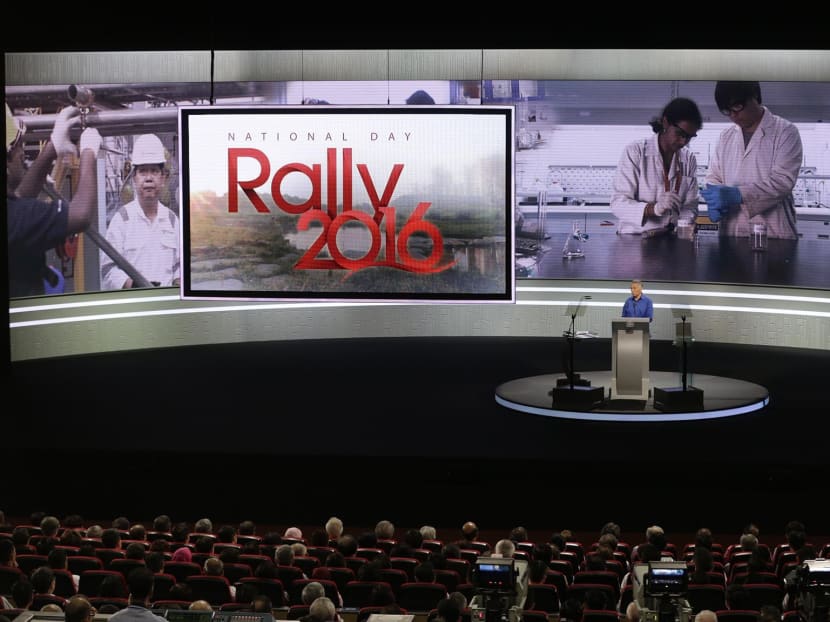GRC system an ‘important stabiliser’ in political landscape
SINGAPORE — Despite the initial misgivings it drew, the Group Representation Constituency (GRC) system has become an “important stabiliser” in the Republic’s political landscape, allowing minority Members of Parliament (MPs) to enter Parliament “whatever the election outcome”, said Prime Minister Lee Hsien Loong.

Beyond bringing stability, the GRCs have also pushed politics “towards the centre”, ensuring all parties field minority and majority candidates to capture votes, said PM Lee. Photo: Wee Teck Hian
SINGAPORE — Despite the initial misgivings it drew, the Group Representation Constituency (GRC) system has become an “important stabiliser” in the Republic’s political landscape, allowing minority Members of Parliament (MPs) to enter Parliament “whatever the election outcome”, said Prime Minister Lee Hsien Loong.
Beyond bringing stability, the GRCs have also pushed politics “towards the centre”, ensuring all parties field minority and majority candidates to capture votes, said Mr Lee.
Mr Lee made these points in the prepared text of his National Day Rally speech, which was released to the media.
Explaining the need to ensure that Singapore has a minority race President from time to time, Mr Lee had pointed to the GRC system as an example of provisions for minorities introduced to the Constitution.
The GRC system was first pitched in 1982, as then-Prime Minister Lee Kuan Yew sought to ensure minority representation in Parliament, concerned that young voters were less aware of the importance of having multi-racial MPs.
Six years later, the idea came into fruition, with political parties fielding teams in a GRC being required to have at least one minority team member. The size and racial composition of each GRC was defined by the president and can change for each election.
When the idea was first mooted, the minority communities had misgivings, feeling that they did not need it and that it would be patronising. But after 30 years, people have come to accept GRCs, Mr Lee said.
During the 1988 General Election (GE), the Electoral Boundaries Review Committee drew up 13 three-member GRCs.
Since then, the composition of GRCs has changed vastly, with nine GRCs comprising five members and five GRCs comprising six members in the 2006 GE. The number of minority MPs have also increased over the years, with 14 in 1988 to 33 in 2006.
In 2009, Mr Lee signalled the intent to reduce the average size of GRCs and have more single member constituencies. For the polls in September last year, there were six four-member GRCs, from two in the previous GE. Meanwhile, there were fewer five-member GRCs: Eleven in 2011 versus eight last year.
In a parliamentary speech in January, Mr Lee again said that the next GE will see smaller GRCs and more single-seat wards.
In his Mandarin speech on Sunday (Aug 21), Mr Lee stressed that language and race do matter at the polls. “All things being equal, a minority candidate contesting in a Chinese majority constituency is at a disadvantage. And in Singapore, every constituency is majority Chinese.”
The GRC system ensures that there will always be minority MPs in Parliament, he said.
“Let’s be honest with ourselves and deal with this squarely: For a non-Chinese to become an MP, it is not easy.”






